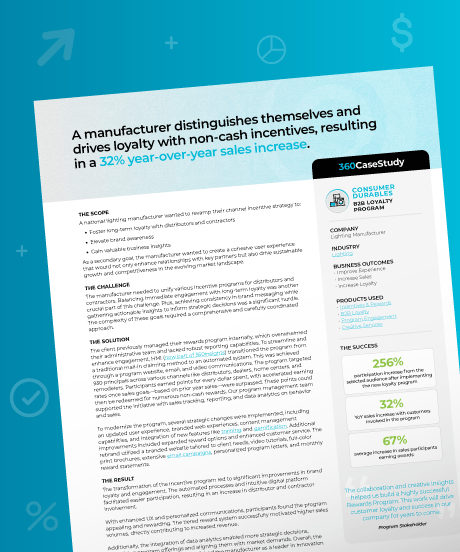Joint Value is the mutual benefit created when businesses and their partners, customers, or stakeholders collaborate effectively to achieve shared goals or solve problems.
This involves:
- Identifying aligned objectives and interests
- Building trust and fostering open communication
- Sharing resources, expertise, or capabilities to amplify outcomes
In practice, businesses achieve joint value by working closely with others to co-create solutions, improve efficiencies, or drive innovation. For example, a company might partner with a supplier to reduce costs while increasing product quality, benefiting both parties.
Joint Value is crucial because it strengthens partnerships, enhances collaboration, and drives sustainable success. By focusing on shared outcomes, businesses can foster deeper relationships, access new opportunities, and create a competitive edge, all while delivering better results for all stakeholders involved.
Simplify Program & Processes for Success

Case Study
Consumer Durables: Improving long-term loyalty through a cohesive user experience
A national lighting manufacturer wanted to switch up their channel incentive strategy in order to increase brand awareness and improve long-lasting relationships with distributors and contractors.
By creating a cohesive user experience - including the integration of training and gamification within this points-based rewards program and optimizing the engagement and comms strategy - this led to significant improvements in brand loyalty and increased revenue.
Learn how the program automations also improved the internal stakeholders reporting capabilities.
